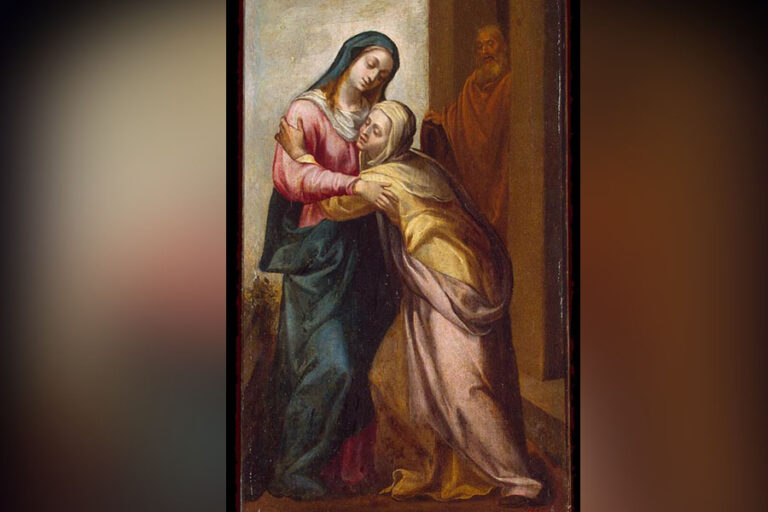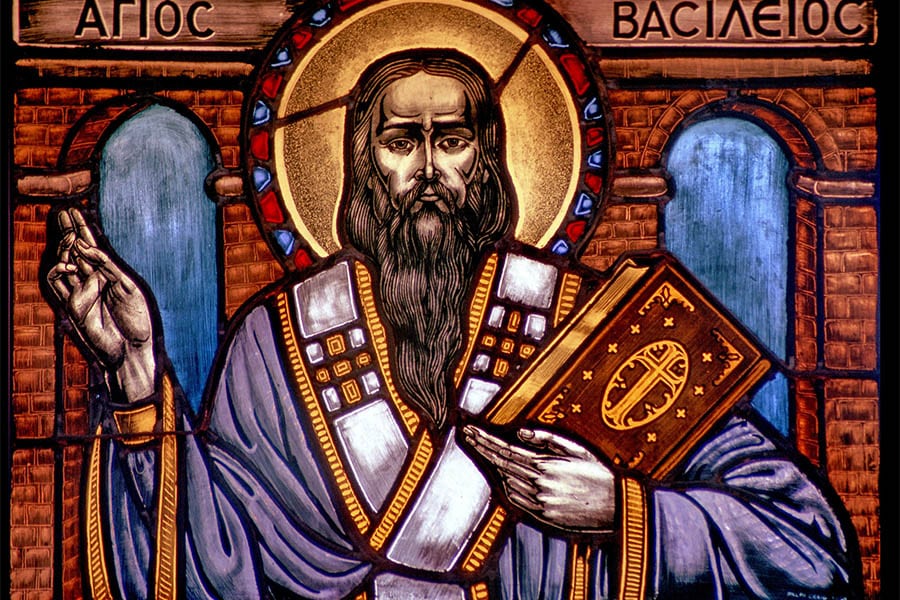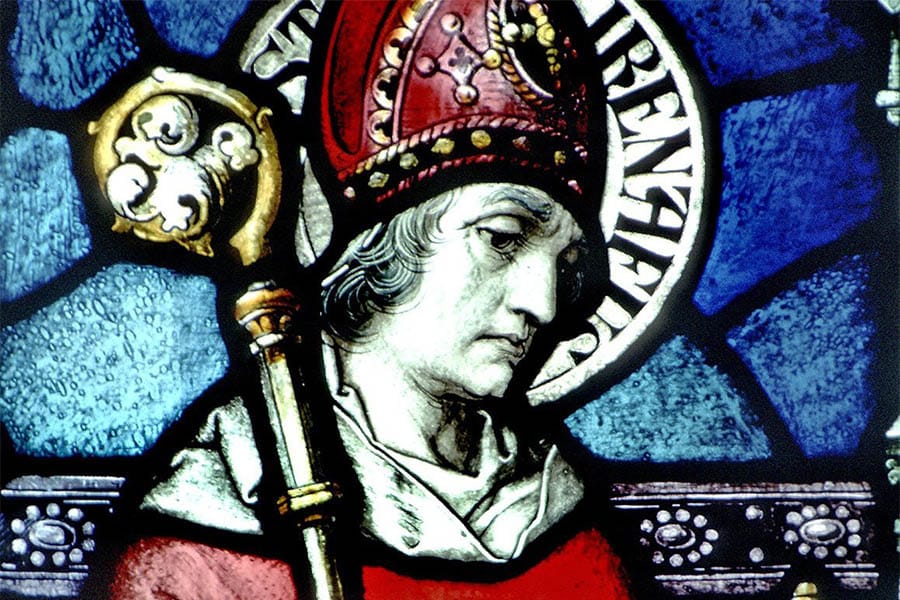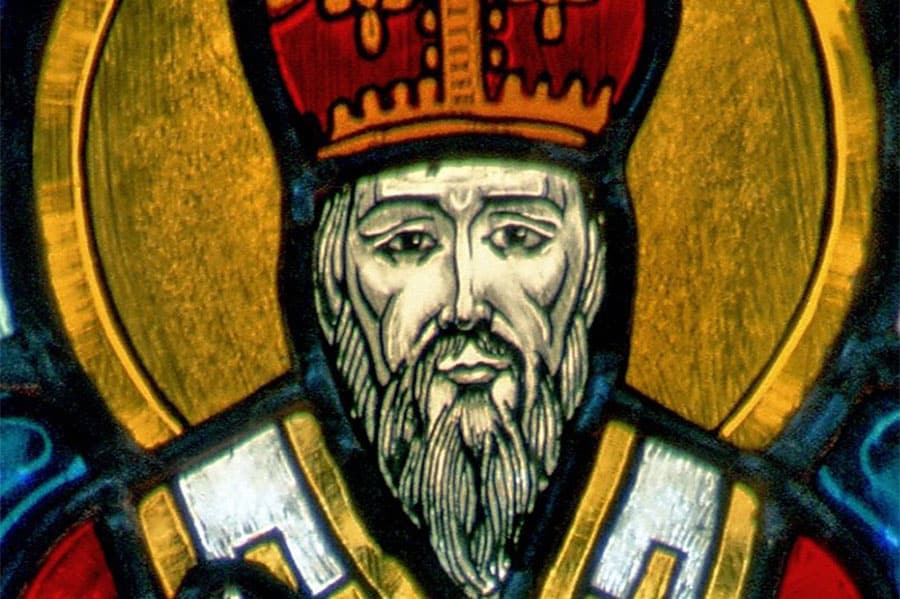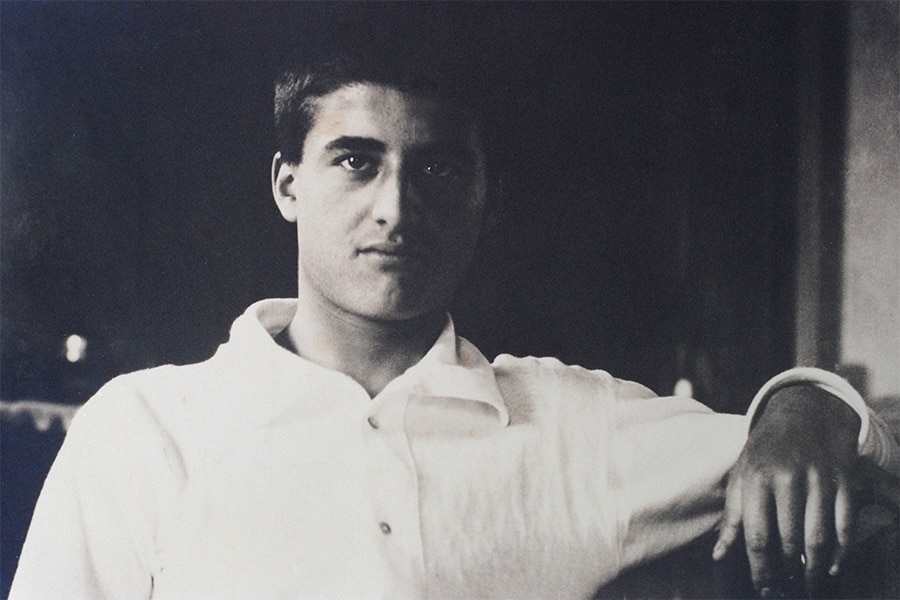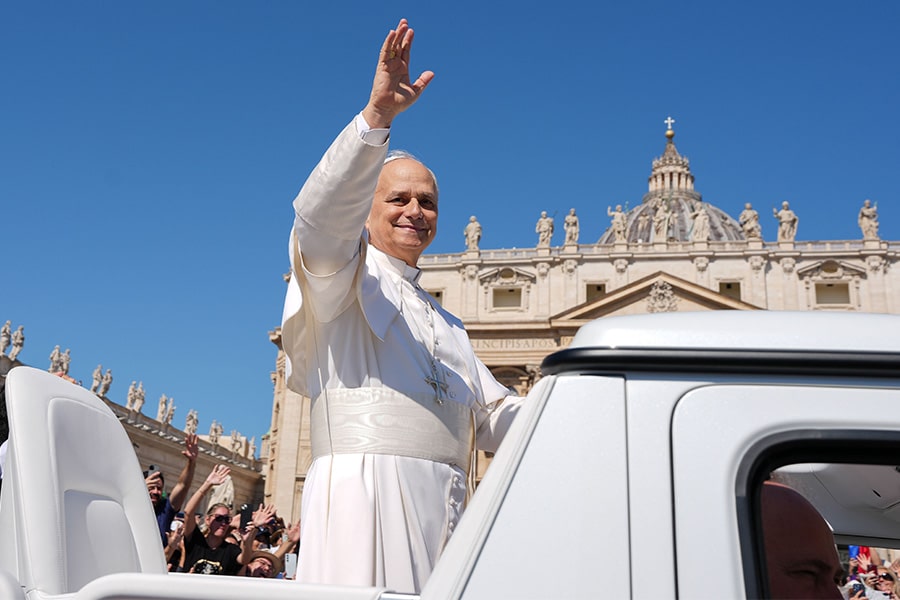Information hasn’t always moved at the speed of light. Accustomed as we are to instant communication, it’s hard to imagine that we once had to wait, sometimes for days, for messages to reach us.
Before there was email, there was plain old mail that moved from place to place on the backs of horses. In fact, in the 19th century, the word “communication” was used for describing the movement of both information and goods. To transport goods via ship or railroad was to communicate them.
Theologically speaking, Christ did not come as an instant message either. He revealed himself at a human speed. He spent nine months in Mary’s womb and 30 years advancing “in wisdom and age and favor before God and man” (Lk 2:52).
The early life of Christ was not marked by messages as much as it was by movement. Some of the most remarkable scenes in the New Testament are of Christ being transported. Before he ever said a word, he was already “communicating.”
Consider this scene: “During those days Mary set out and traveled to the hill country in haste to a town of Judah, where she entered the house of Zechariah and greeted Elizabeth.
“When Elizabeth heard Mary’s greeting, the infant leaped in her womb, and Elizabeth, filled with the Holy Spirit, cried out in a loud voice and said, “Most blessed are you among women, and blessed is the fruit of your womb” (Lk 1:39-42).
Mary communicates Our Lord by physically carrying him to her cousin. Years later, Jesus would teach his disciples how to pray the Our Father, but in this touching scene in Judah, we hear the origin of the Hail Mary.
Mary’s charitable act of “visitation” (the second joyful mystery), of carrying her son to those whom she loved, sparked immense joy and an enduring prayer. Without saying a word herself, Mary communicated the Word made flesh to Elizabeth.
Another example of Christ being communicated by being transported occurs in the flight to Egypt: “The angel of the Lord appeared to Joseph in a dream and said, ‘Rise, take the child and his mother, flee to Egypt, and stay there until I tell you. Herod is going to search for the child to destroy him.’
“Joseph rose and took the child and his mother by night and departed for Egypt. He stayed there until the death of Herod, that what the Lord had said through the prophets might be fulfilled, ‘Out of Egypt I called my son'” (Mt 2:13-15).
Here we are reminded that Hosea’s prophecy, “Out of Egypt I called my son,” was not fulfilled until centuries after it was uttered. It was Mary and Joseph’s courage and obedience that gave them the grace to travel to a foreign land to preserve the life of their son and our Redeemer.
This selfless act of love was yet another form of communication that brought an ancient prophecy to fruition without anyone uttering an additional word.
In these two examples, we hear two events from the life of Jesus that precede his preaching and public ministry but are no less communicative of his saving mission. There’s a lesson here for those of us swimming in the sea of instant information.
Our digital context seems to favor what the comedian Bo Burnham has called, “a little bit of everything all of the time.” The speed with which we send and receive messages suggests that evangelization is an exercise in transmission.
This ignores the human rituals of communication that don’t always involve words, but they do involve acts and movements that have the potential to move others.
Online acceleration often comes with offline torpor. In other words, the speed of digital communication can breed complacency or slowness to act in the offline world.
Mary sent no texts and posted no photos, but her urgent travels to Elizabeth and to Egypt did something more than our most advanced media tools could ever do.
They were a form of embodied witness that carried Christ to others in a very real and physical way.
Copyright © 2021 Catholic News Service/U.S. Conference of Catholic Bishops

